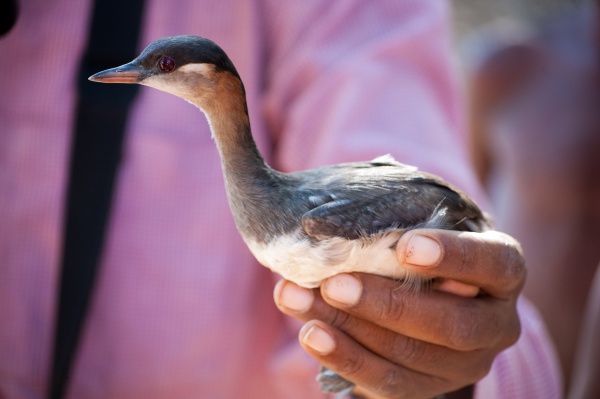Facts About Madagascan grebe
The Madagascan grebe, a unique avian species found exclusively in western and central Madagascar, is currently listed as endangered by the IUCN, with fewer than 5,000 individuals remaining. Named after the Austrian ornithologist August von Pelzeln, this bird faces several critical threats, including habitat loss, predation by carnivorous fish, and competition from introduced species.
Measuring approximately 25 cm in length, the Madagascan grebe stands out for its striking breeding plumage, which features a blackish cap, reddish rear ear-coverts, and pale grey cheeks and throat. These birds typically inhabit lakes, favoring shallow freshwater bodies with dense lily-pad cover. However, they can also be found in deeper lakes, brackish waters, and slow-flowing rivers.
Their diet primarily consists of insects, but they also consume small fish and crustaceans. Breeding pairs are generally territorial, although communal nesting has been observed. Their nests are usually constructed on floating structures made of aquatic plants, anchored to offshore vegetation.
The survival of the Madagascan grebe is imperiled by habitat loss due to agricultural expansion, predation by invasive fish species, and competition with other grebe species. Nonetheless, conservation efforts are underway, with some individuals residing in protected areas. The Malagasy government's ratification of the Ramsar Convention is expected to enhance conservation measures and support research aimed at reversing the decline of this species.
